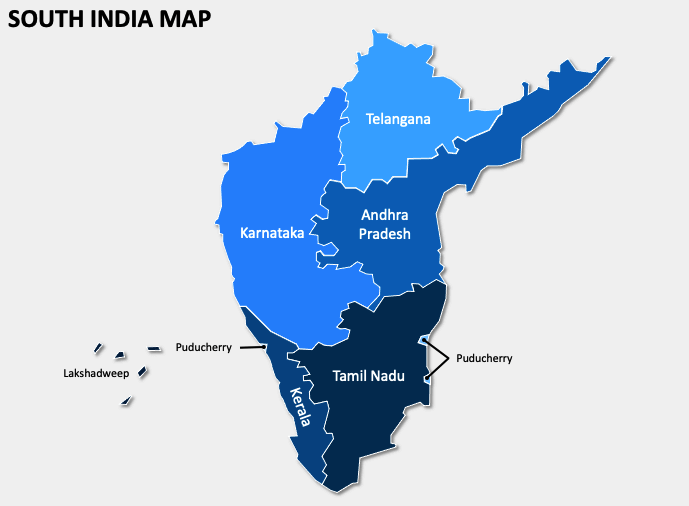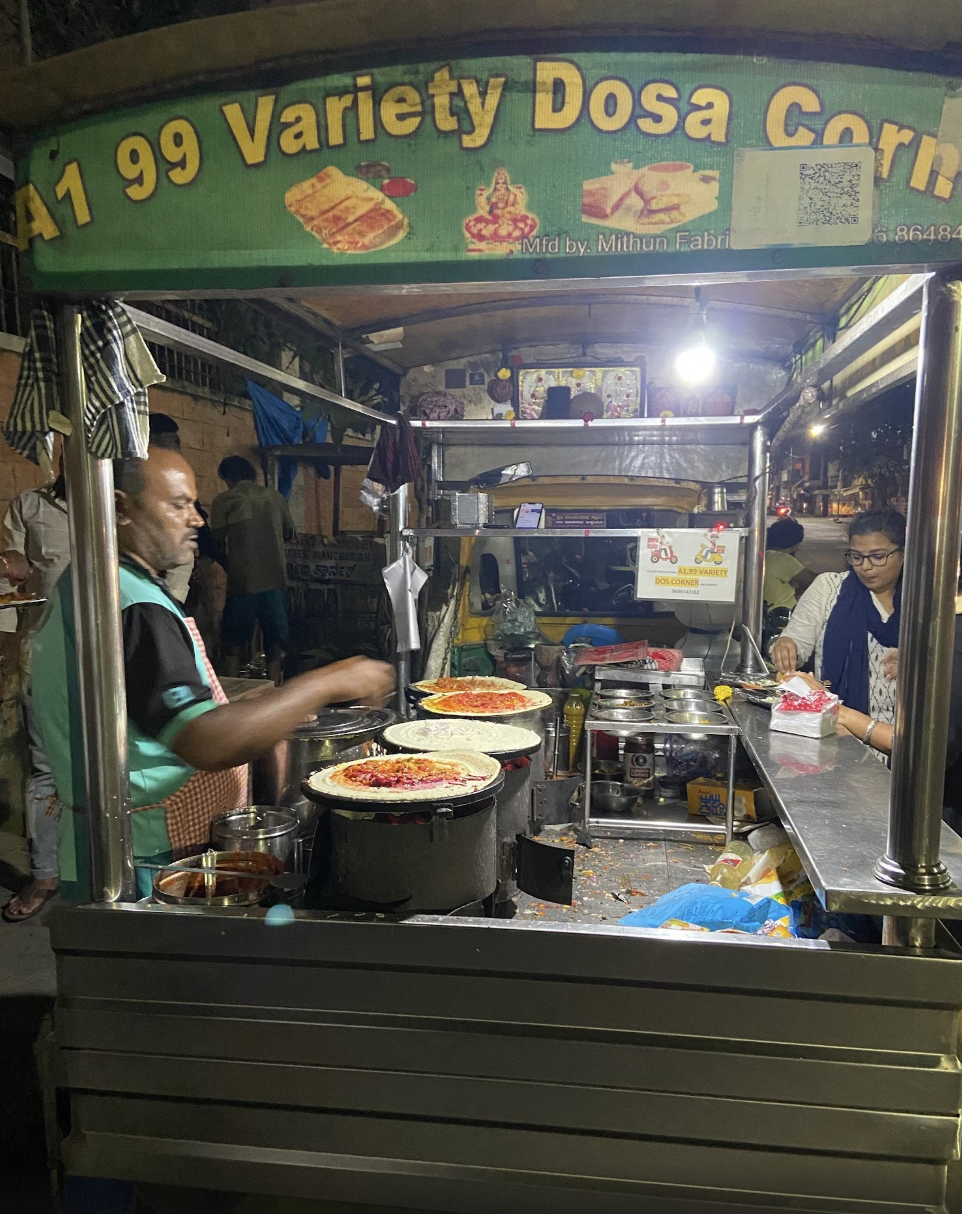The Underrated and Underexplored World of South Indian Cuisine
The Caltech Y regularly organizes Cultural Cuisine Tours across L.A., allowing people to try out new cuisines for a subsidized rate in the presence of a cultural leader, who understands the cuisine and can provide additional information about the food options. Recently, I helped them organize a Cultural Cuisine Tour to Annapurna Grill, specifically to explore South Indian cuisine. And in so doing, I found out just how little people actually knew about South Indian cuisine.
To answer a question I got very often on the trip, I don’t think there’s a blanket difference between South Indian food and other Indian food. Ostensibly, I am not creating the dichotomy in Indian food of all dishes falling neatly within the category of South Indian or North Indian. In fact, there is a plethora of Northeast Indian food that uses entirely different spices and ingredients, coastal food from middle-Indian regions like Goa and Maharashtra that have Portuguese influence and also use local ingredients, and basically every Indian state has its own sub-cuisine that is unique and local to the region. Point is, even saying South Indian cuisine is a bit of a generalization, but it does include similar dishes from the 5 South Indian states: Karnataka, Kerala, Tamil Nadu, Andhra Pradesh and Telangana. But that is not to say at all that each state—even down to the granularity of each city—has the same food.
 [source]
[source]
Now, I also want to lay the context for both the Cultural Cuisine tour and this article. I think most people when they think of Indian food think of butter chicken, paneer tikka masala, saag paneer, or chana masala. And no hate to these, these are all incredibly delicious dishes from the Indian subcontinent. However, these largely do derive from North Indian states, which means sub-cuisines like South Indian remain relatively undiscovered.
I’m here to talk about just a few of the most popular dishes in South Indian cuisine, especially dishes that you can find right here in Pasadena! There’s a couple of restaurants whose dishes I will refer to repeatedly, namely Annapurna (929 E Colorado Blvd, Pasadena, CA 91106) and Bhanu’s (7246 Rosemead Blvd, San Gabriel, CA 91775), and I can personally attest to the (relatively higher levels of) authenticity of these restaurants.
One of the perhaps more well-known South Indian dishes is the dosa. The closest analogy to it is a crepe made from fermented rice and/or lentils. Dosas are usually served with a side “dipping sauce” (?) called *sambar (usually like a tomato soup ish), *and a ground dip (?) called *chutney *(usually made of either mint or coconut or even sometimes tomato). Now one thing to note about almost all Indian food is that there are an enormous number of variations for each type of food. Increasing the thickness of the dosa and the steaming technique makes it a *set dosa. *Making the *dosa *batter with green gram makes it a pesarattu. Making it with semolina makes it a *rava dosa. *Making it with finger millet makes it a ragi dosa. And so on and so forth. Adding toppings such as vegetables to the *dosa *makes it an *uttapam. *Including a spicy almost-mashed potato filling makes it a masala dosa. In fact, the innumerable combinations for the toppings of the dosa has led to the common roadside “99 variety dosa” stalls that have some of the most surprisingly (and impressively) cohesive constructions of dosas that you will ever see – including dessert dosas with chocolate and sugar!
 [source]
[source]
A similar staple in South Indian breakfasts is the idli. *Idli *is made from a batter similar to that of the dosa, which is fermented rice. It’s a fluffy almost-cake-like item that is also served with *sambar *and chutney. Sometimes, *idlis *are also served with a fried snack called a vada, which is kind of a savoury doughnut. *Idlis *are just as versatile as dosas, in terms of the shapes (look up thatte idli), their batter ingredients (there’s a *rava idli *too!) and the sides they’re served with.
 [Dosa (bottom left) and idli (top right), source]
[Dosa (bottom left) and idli (top right), source]
Perhaps another South Indian dish you have probably heard of is biryani, a spicy rice dish with origins in various parts of India including Andhra Pradesh/Telangana. Now, *biryani *is not to be confused with pulao, another rice-based Indian dish (and there will actually be people coming after you if you confuse them). *Biryani *prides itself on being slow-cooked, essentially allowing the rice and vegetables (and usually, meat) to marinate in the spices. If you’re looking for deep rich spices, biryanis are the way to go. The history of *biryani *is extremely interesting. It is believed to have originated in Persia, and then was brought to India as a royal delicacy. It is largely believed to have become popular in the reign of the Mughal Empire in India, which is why Hyderadabad in Andhra Pradesh (which was historically ruled by Nizams) has its own eponymous biryani. Biryani is usually served with side sauces *mirchi ka salan *(a spicy sauce) and *raita *(yogurt with cucumber, onions and tomatoes).
And there is so much I haven’t even mentioned. I also want to clarify that I have classified these dishes as “South Indian”, but they really can be found across the Indian subcontinent. There is so much to discover, and so much unique history and folklore that is tied to each dish. I hope you found something interesting in this article, and next time you go to an Indian restaurant, I urge you to step out of your comfort zone and try one of the dishes I’ve mentioned! I can (almost) guarantee you won’t regret it.